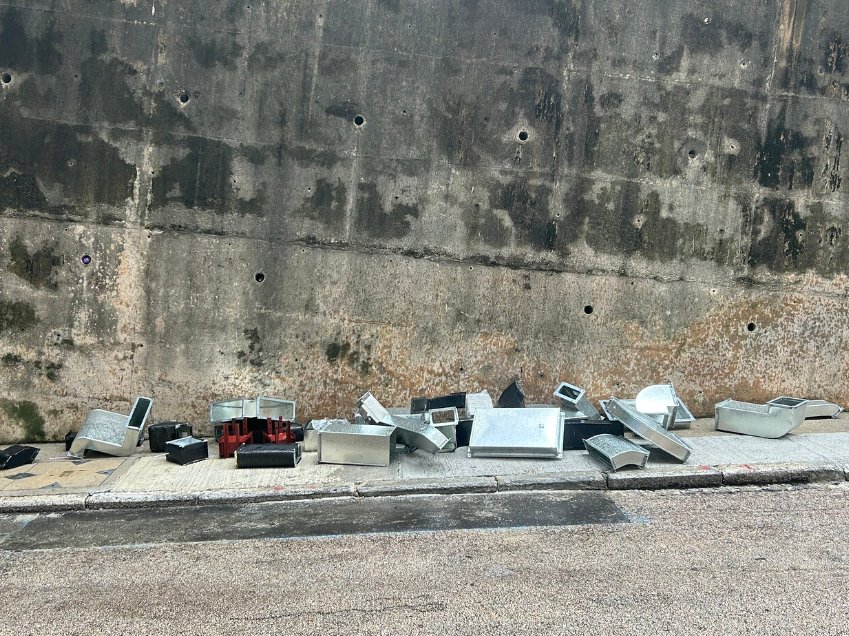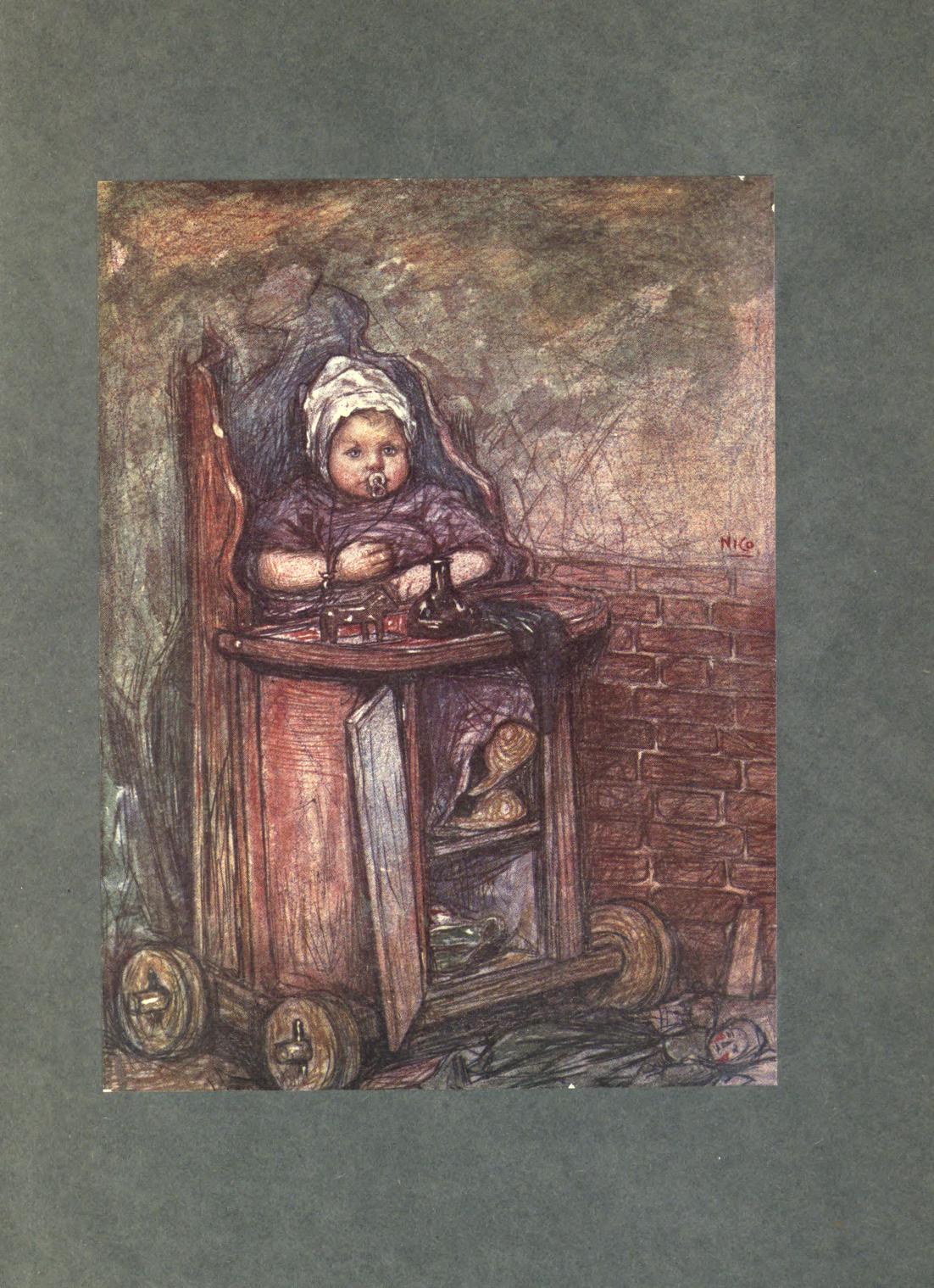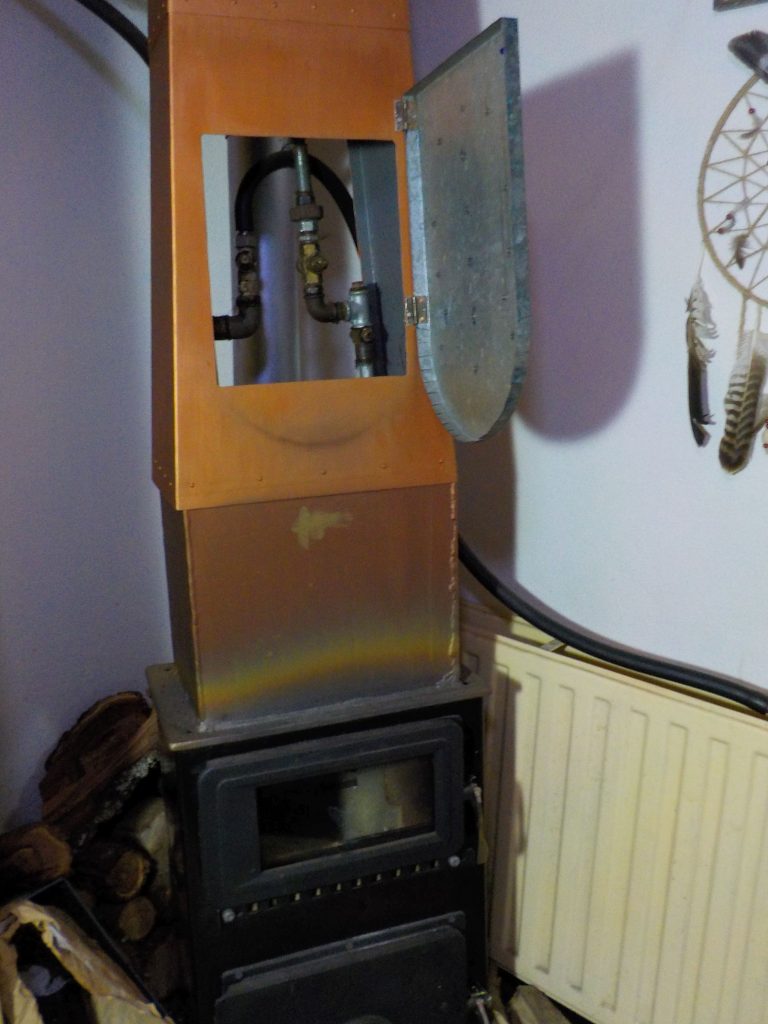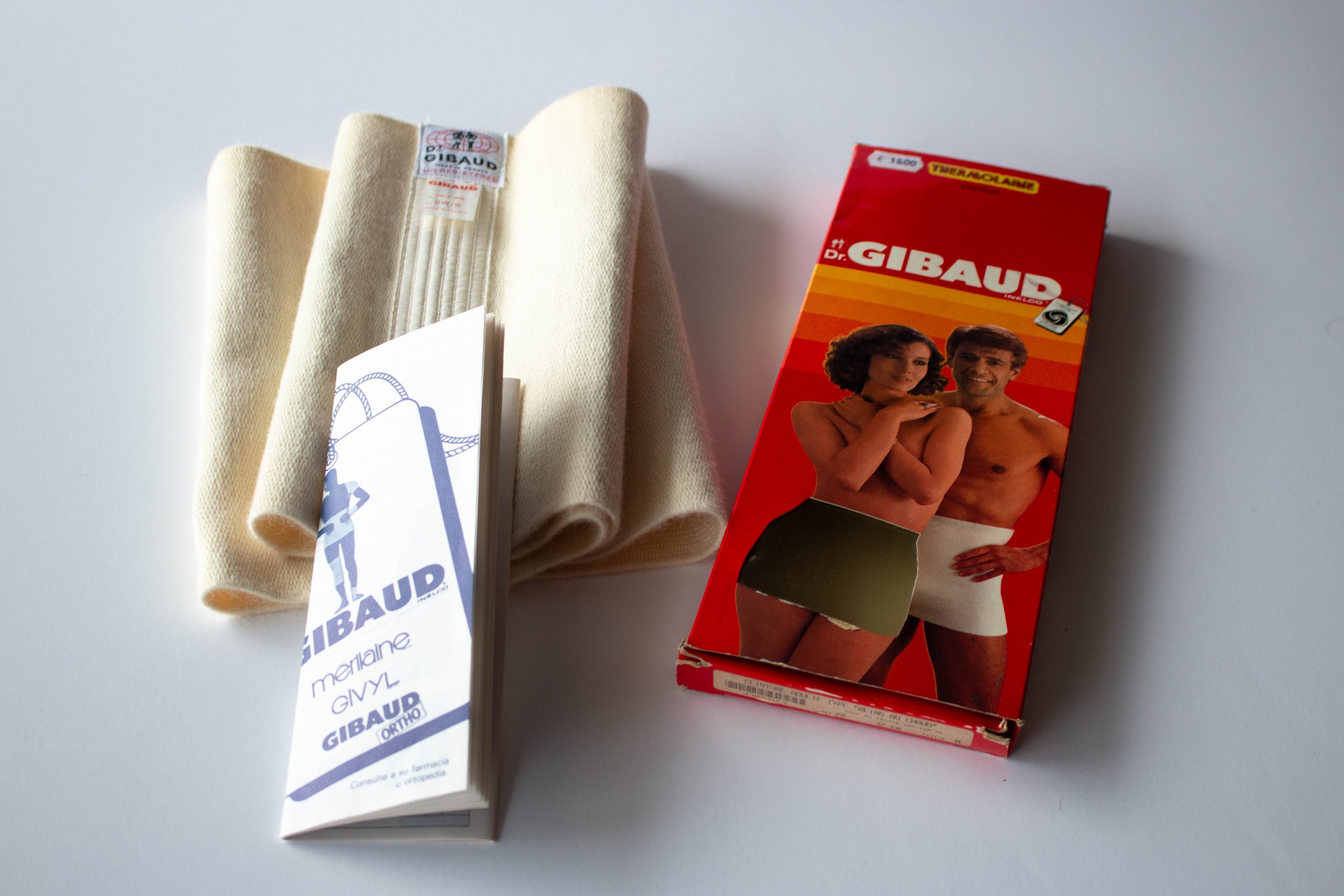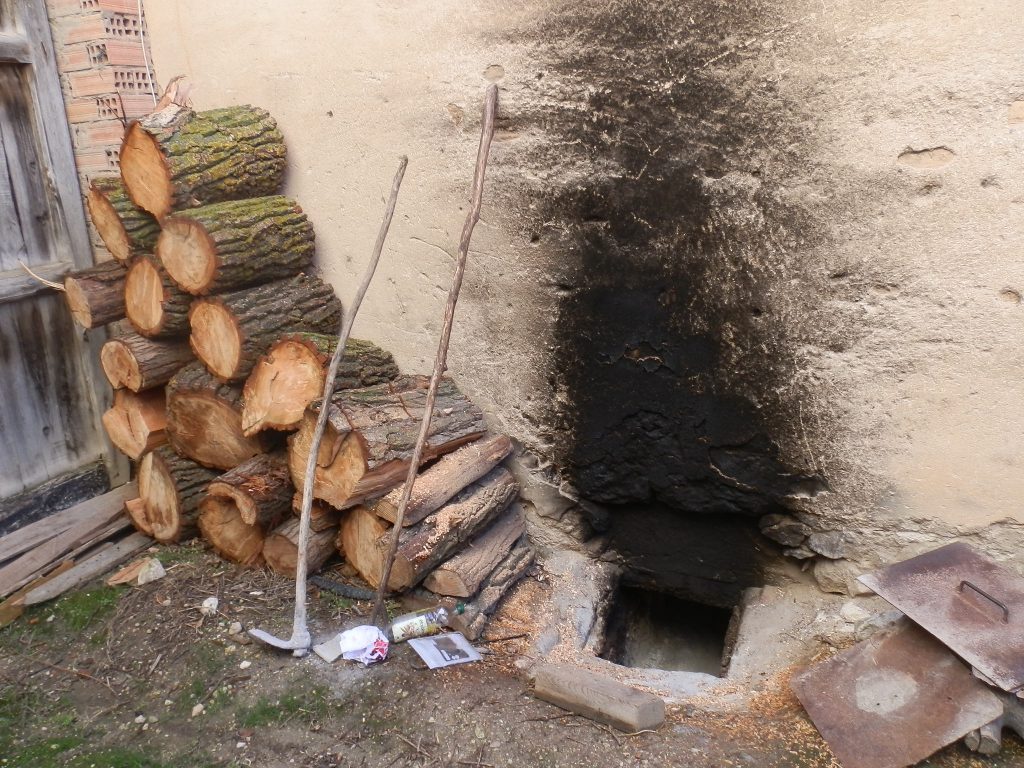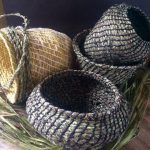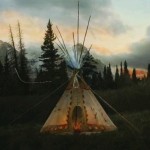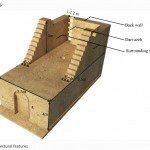Image: Ducts in a row. Photo: Daniel A. Barber. Taken from: After Comfort: A User’s Guide.
Comfort is a construct. Many new commercial and institutional buildings built over the past few decades rely so heavily on fossil-fueled mechanical HVAC systems that they would be uninhabitable without them. Many of the stylistic and programmatic debates in architecture in these same decades similarly relied on HVAC for their explorations and innovations. In other cases, often at the residential scale, buildings have been produced with an expectation of cheap energy, which has meant that adequate insulation, cross ventilation, and other design-based passive thermal measures have not been considered. Our determinedly slow, casual move away from fossil fuels, with limited political or socio-economic support, is already resulting in “green inequity” and novel forms of thermal violence. Over the decades to come, enclaves where upper-class neighborhoods engage with expensive “green tech” such as electric vehicles and heat pumps will coexist alongside poorer areas that cannot afford to make any transition from the carbon-fueled lifestyles they need to get by.
After Comfort: A User’s Guide is a project by e-flux Architecture in collaboration with the University of Technology Sydney, the Technical University of Munich, the University of Liverpool, and Transsolar.
